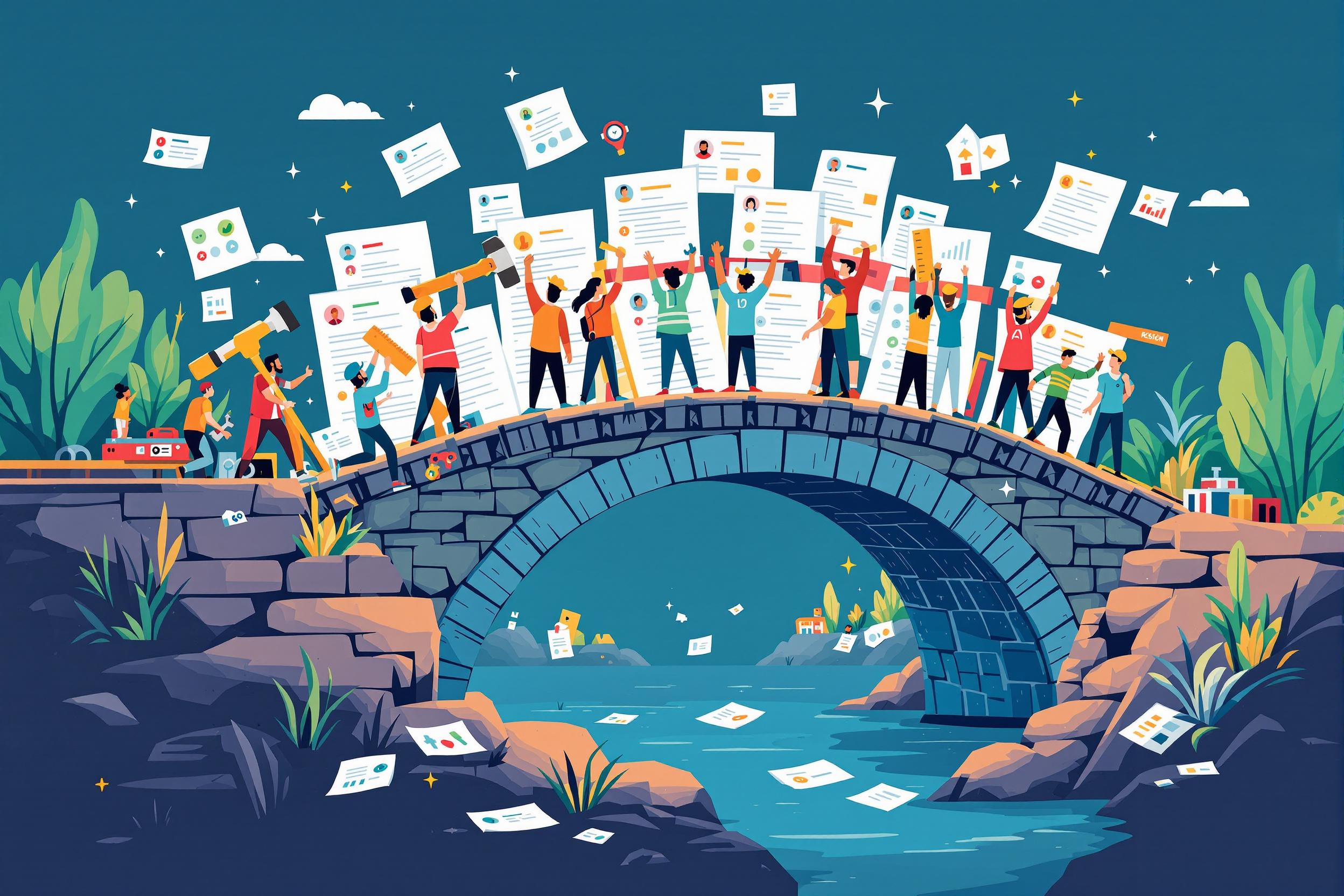
Resource Modeling
Resource Modeling is a way of creating detailed maps and estimates of what's in a mine or potential mining site. It's like making a 3D puzzle of underground resources, showing mining companies where valuable minerals are located and how much they can expect to find. This helps companies make smart decisions about where to dig and how to plan their mining operations. Think of it as creating a detailed blueprint of underground treasures before spending money on actual mining. This work is usually done using special computer software that turns drilling samples and geological data into visual models everyone can understand.
Examples in Resumes
Created Resource Modeling reports that improved mining efficiency by 25%
Led Resource Model development for three major gold mining projects
Applied advanced Resource Modeling techniques to estimate copper deposits
Updated Mineral Resource Models using latest geological data
Typical job title: "Resource Modelers"
Also try searching for:
Where to Find Resource Modelers
Professional Organizations
Online Communities
Job Boards
Example Interview Questions
Senior Level Questions
Q: How do you ensure the accuracy of a resource model?
Expected Answer: A strong answer should discuss methods of data validation, quality control procedures, and ways to cross-check estimates against actual mining results. They should mention the importance of using multiple estimation methods and considering geological constraints.
Q: How do you handle uncertainty in resource estimation?
Expected Answer: The candidate should explain how they use statistical methods to measure confidence levels, how they communicate risks to stakeholders, and how they account for various factors that could affect resource estimates.
Mid Level Questions
Q: What factors do you consider when creating a resource model?
Expected Answer: Should mention geological data, drilling results, sample quality, economic factors, and mining constraints. Should also discuss how these factors influence the final model.
Q: How do you determine appropriate cut-off grades?
Expected Answer: Should explain how economic factors, mining methods, and processing costs influence cut-off grade decisions, and how these decisions affect resource estimates.
Junior Level Questions
Q: What is the difference between a resource and a reserve?
Expected Answer: Should explain that resources are estimates of potentially valuable minerals in the ground, while reserves are the portion of resources that can be economically mined.
Q: What basic data is needed to start resource modeling?
Expected Answer: Should list essential inputs like drill hole data, geological maps, sample analyses, and basic understanding of the mineral deposit type.
Experience Level Indicators
Junior (0-2 years)
- Basic understanding of geological concepts
- Familiarity with mining software
- Data collection and organization
- Basic statistical analysis
Mid (2-5 years)
- Independent resource estimation
- Quality control procedures
- Advanced software proficiency
- Project coordination
Senior (5+ years)
- Complex deposit modeling
- Team leadership
- Resource reporting to standards
- Strategic planning
Red Flags to Watch For
- No understanding of basic geological concepts
- Lack of experience with mining software
- Poor understanding of data quality control
- Unable to explain resource classification standards
- No knowledge of mining economics
Need more hiring wisdom? Check these out...

Unlocking Team Potential: Personality Mapping for Dynamic Management

Refining Job Descriptions to Expand Applicant Pools: Casting a Wider Talent Net

Navigating Compliance: Structuring On-the-Job Training in Regulated Industries

